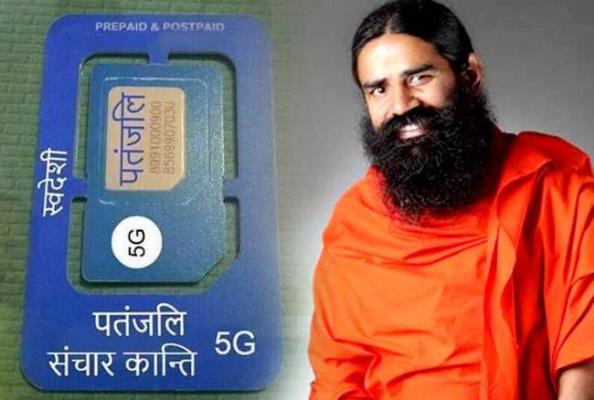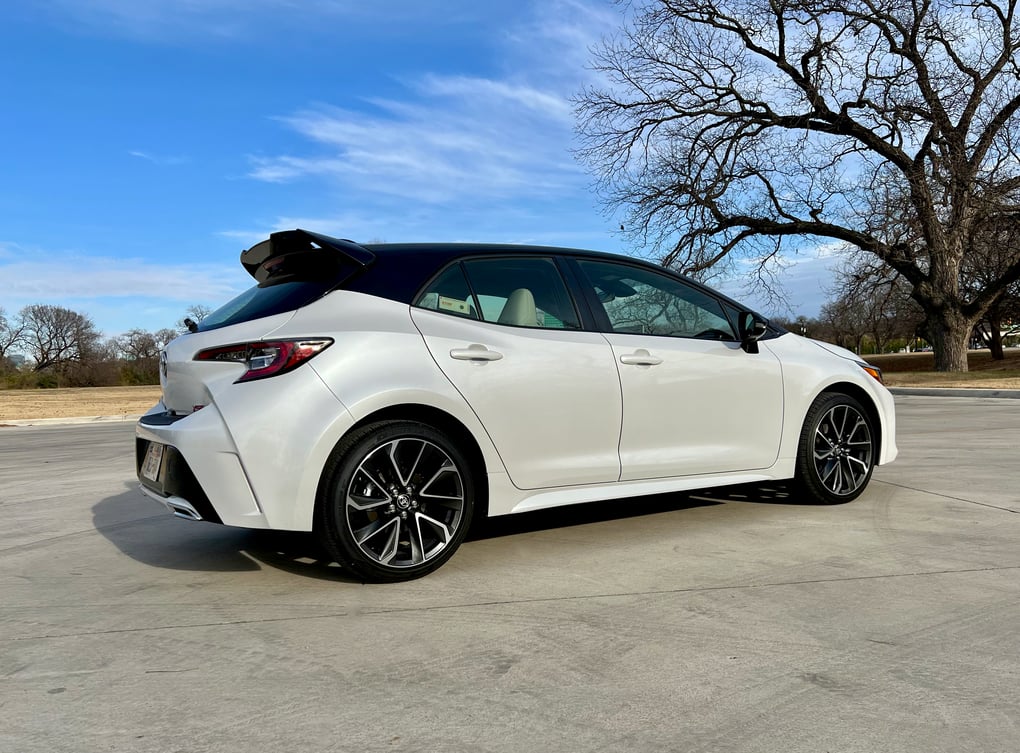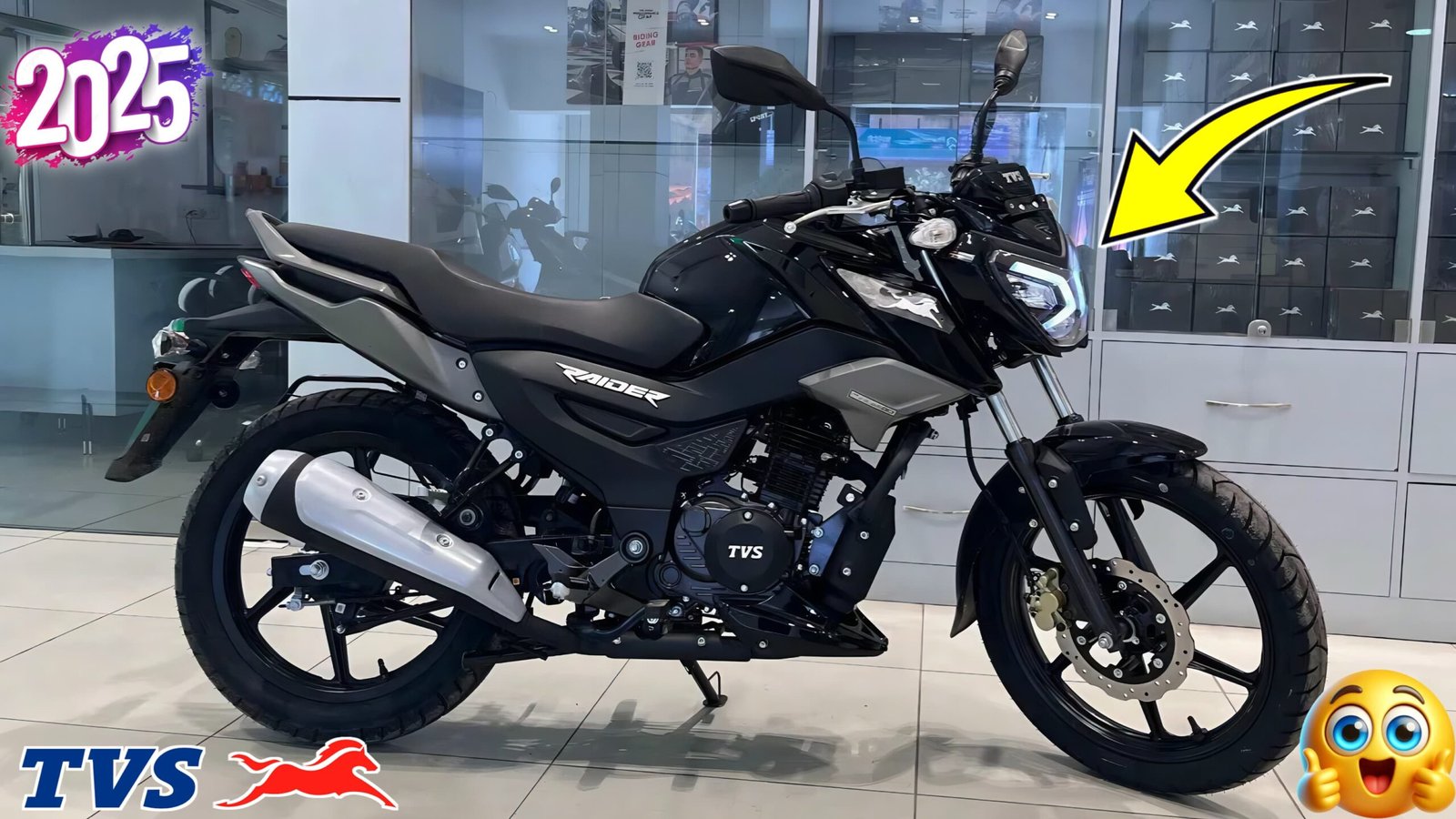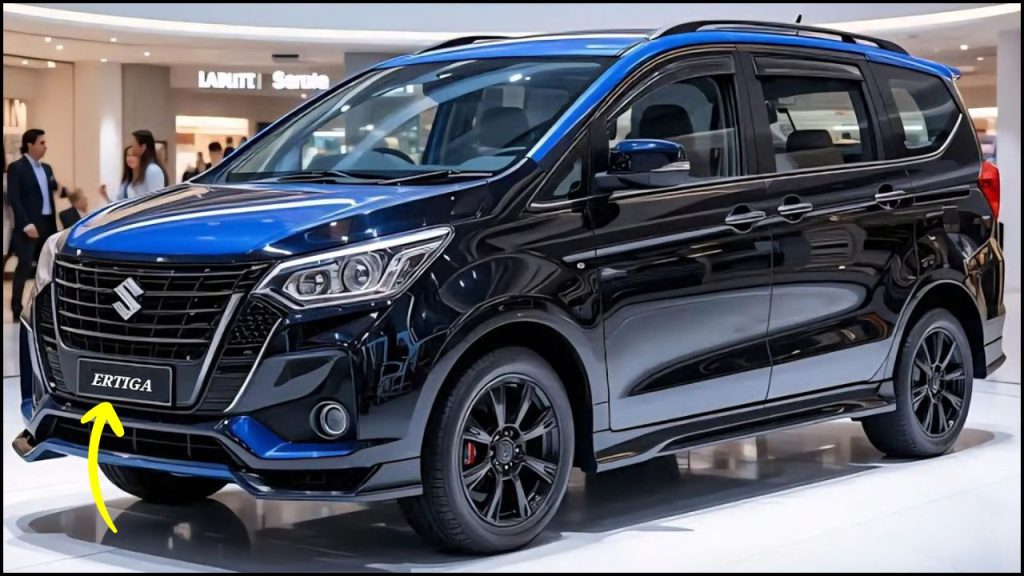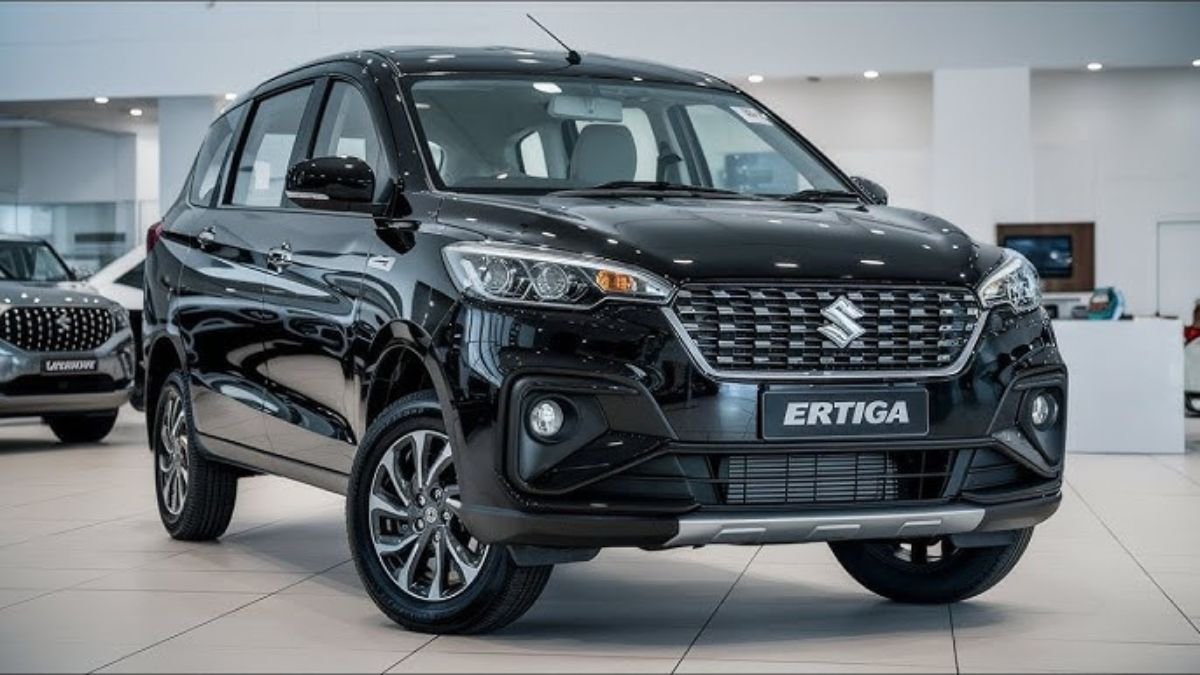As electricity demands rise and urban spaces shrink, solar technology is also evolving to adapt. Until now, most people associated solar panels with rooftops, but a new innovation is changing that perception. Introducing Solar Wall Panels, a smart solution designed for buildings where rooftop installations are not possible or practical. This emerging system promises to transform unused building walls into power-generating surfaces.
What Are Solar Wall Panels?
Solar Wall Panels, also known as Wall-Mounted Solar Panels, are a cutting-edge version of photovoltaic systems that are installed on the exterior walls of buildings instead of rooftops. This method uses specially designed lightweight and flexible solar cells that can be easily mounted on vertical surfaces without heavy structural changes.
The system is ideal for urban apartments, commercial complexes, and high-rise buildings, especially where rooftop access is limited or shaded.
Key Technologies Powering Wall Solar Panels
Unlike traditional silicon-based solar systems, wall-mounted panels often utilize new-generation materials like:
- Perovskite Solar Cells: Thin, light, and highly efficient under low light. Can be installed on walls, glass, or other surfaces.
- Inkjet Printed Solar Panels: These are directly printed onto wall materials, offering semi-transparent or fully transparent finishes without disturbing building aesthetics.
- Self-Insulating Composite Panels: They serve dual purposes by providing both insulation and electricity generation.
These technologies are still being improved, but many pilot projects have shown that wall panels can produce equal or even higher energy output than rooftop panels under the right conditions.
Benefits of Wall-Mounted Solar Panels
Space Efficiency: One of the biggest advantages is the elimination of roof space dependency. In cities where buildings are close together and roofs are used for water tanks or common areas, wall panels are a smart alternative.
Aesthetic Appeal: Modern solar wall panels are sleek and can blend seamlessly into building exteriors. They enhance architectural beauty, especially for high-end or commercial buildings.
Improved Energy Generation: Walls facing south or southwest receive good sunlight throughout the day. By placing panels on multiple walls, buildings can capture sunlight from various angles, improving daily output.
Easy Maintenance: Panels on walls are easier to clean and service than rooftop systems. They accumulate less dust and are more accessible without climbing.
Weather Resistance: Wall panels are less affected by snow accumulation, fallen leaves, or water pooling, making them more reliable in winter or monsoon conditions.
Wall Protection: Besides generating power, these panels protect building walls from harsh sun, rain, and heat, increasing the lifespan of the structure.
Performance and Output
While traditional rooftop panels receive direct sunlight for longer hours, solar walls can achieve up to 90–95% of rooftop efficiency, depending on placement and building orientation. Some setups have reported 10–15% more output due to better angle optimization and multi-surface installations.
The key to performance is ensuring the wall receives unobstructed sunlight for at least 4–6 hours daily and that the installation angle is optimized during setup.
Installation and Cost Considerations
Installing wall-mounted panels is quicker and often more affordable than rooftop setups. Since there is no need for scaffolding or heavy roof reinforcement, wiring and labor costs can be lower.
Cost factors include:
- Type of solar cells used (Perovskite or traditional)
- Surface preparation of the wall
- Wiring and inverter requirements
- Wall orientation and height
Generally, the cost is similar to or slightly less than rooftop panels, but the design flexibility and aesthetics offer added value, especially for urban buildings.
Suitable Locations and Use Cases
Wall-mounted solar systems are especially effective in:
- Apartments and high-rise towers with restricted roof access
- Office buildings where wall space is available but roofs are shared or occupied
- Modern homes aiming for a designer look with energy savings
- Urban homes surrounded by taller buildings that block rooftop sun
- Green-certified buildings seeking net-zero or low-emission goals
Maintenance and Durability
Because these panels are mounted vertically, dust, snow, and debris don’t accumulate as easily. Regular cleaning with soft brushes or low-pressure water is usually enough. Wall panels are designed with UV-resistant and weatherproof coatings to endure harsh conditions.
Government Incentives and Future Potential
Under the Solar Rooftop Subsidy Scheme 2025, wall-mounted systems may also qualify for benefits if connected to the main power grid. The government’s push towards green buildings and net-zero infrastructure means demand for these systems is expected to grow rapidly.
While Perovskite and inkjet-printed technologies are still in the development or pilot phase, early adoption has already begun in metro cities. In the next few years, this shift may revolutionize how solar energy is implemented in residential and commercial projects.
Potential Limitations
While promising, wall-mounted solar systems do face some challenges:
- Sunlight Dependency: Performance is lower if the wall is shaded or not south-facing.
- Installation Angle: Incorrect placement can lead to reduced efficiency.
- Old Buildings: Weak or aged walls may not support panel weight.
- Initial Cost: Advanced tech like Perovskite may cost more until mass production begins.
Final Thoughts
Solar Wall Panels represent the future of sustainable architecture. As cities grow vertically and space becomes premium, this innovation offers a smart, stylish, and scalable solution to power needs. Whether you’re building a new home, running a commercial space, or looking to upgrade an apartment, solar walls can offer long-term savings, modern aesthetics, and environmental responsibility.

